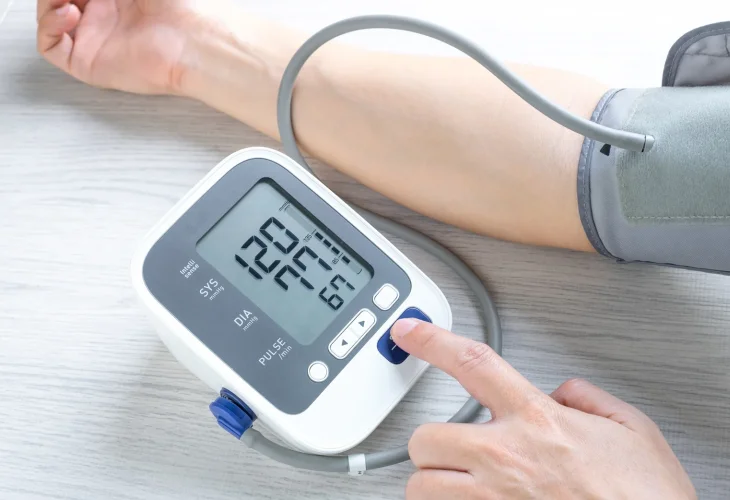Health and Nutrition
How to Eat Your Way to Lower Blood Pressure
Blood pressure plays a vital role in heart and vascular health. For a balanced life, pair the right diet with regular exercise. Discover which foods can help keep your numbers in check and what other strategies support healthy blood pressure levels.

Blood pressure is a key indicator of cardiovascular health. Normal blood pressure is defined as less than 120/80, while anything over 130/80 is considered high. High blood pressure is a major risk factor for chronic diseases like stroke, heart disease, kidney failure, and vision loss. However, numerous studies show that managing blood pressure effectively can significantly reduce these risks.
High sodium intake is a primary cause of increased blood pressure. Comprehensive research has shown that reducing sodium intake by about 1,000 mg per day can lead to a notable decrease in blood pressure and lowers the risk of stroke and heart disease. This research underlines the importance of limiting daily sodium intake, especially for those with high blood pressure.
The American Heart Association recommends a daily sodium intake of no more than 1,500 mg for individuals with hypertension. Processed foods like canned soups, frozen meals, and deli meats are major sodium sources, and reducing them can greatly improve your health.
Potassium has been found to help lower blood pressure. It's recommended to consume 3,500-5,000 mg of potassium daily, found in foods such as low-fat dairy, lentils, melons, pumpkins, carrots, bananas, oranges, beans, beets, and potatoes.
Managing high blood pressure requires a comprehensive approach that includes dietary changes, regular exercise, and stress management. Increasing potassium intake and home cooking can enhance health and reduce chronic disease risk. Additionally, adequate sleep and maintaining a healthy weight are very helpful.
With the right mix of healthy eating, regular activity, and mindful routines, maintaining healthy blood pressure becomes not just possible, but practically achievable.

